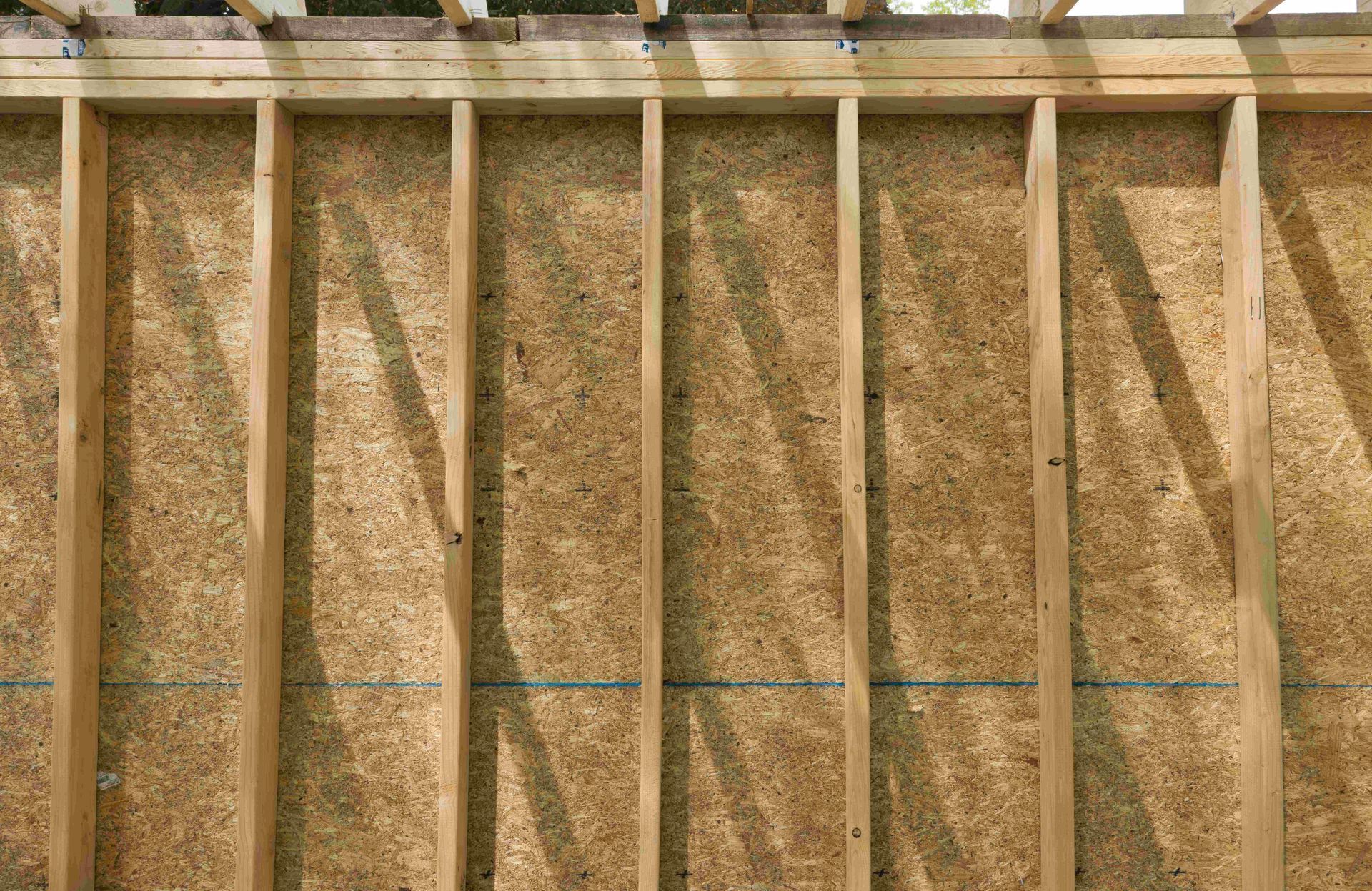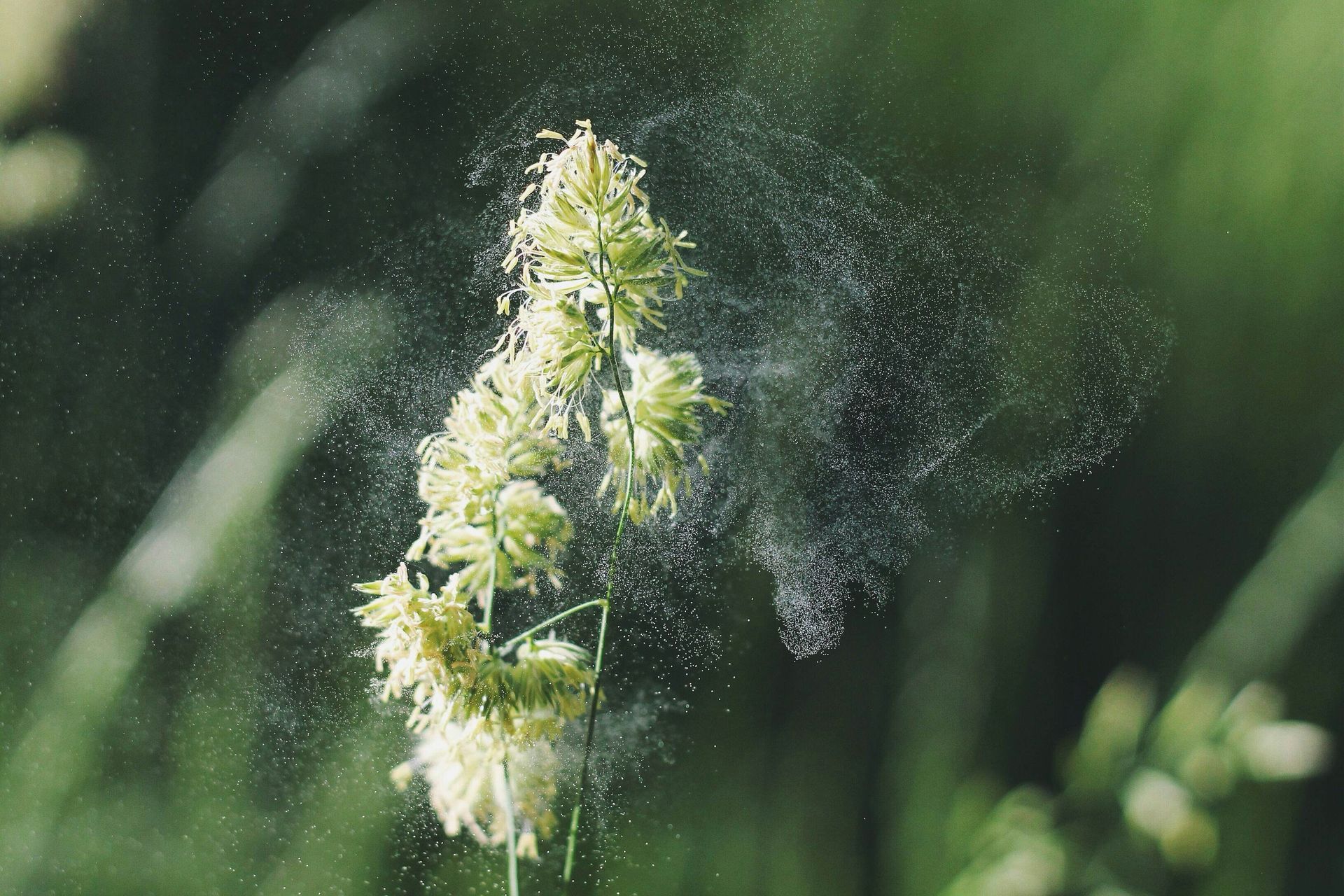Common Misconceptions About Spray Foam Insulation: Debunked!
Spray foam insulation is a game-changer in the world of energy-efficient building solutions, but like any innovation, it has faced its fair share of misconceptions and myths. Let's separate fact from fiction and address some of the common misunderstandings surrounding spray foam insulation.
Myth 1: Spray Foam Insulation is Harmful to Health
One of the most persistent myths about spray foam insulation is that it releases harmful chemicals into the air, posing a threat to indoor air quality. However, when installed properly by professional contractors, spray foam insulation is safe for occupants. It is true that during installation, off-gassing may occur, but this is a short-term issue that dissipates once the foam cures. Reputable spray foam products are low in volatile organic compounds (VOCs) and comply with industry safety standards.
Myth 2: Spray Foam Insulation Attracts Pests
Some believe that the components in spray foam insulation, particularly in open cell foam, attract pests like rodents and insects. However, spray foam is not a food source for pests, and once it cures, it becomes rigid and unappetizing to them. Additionally, spray foam's seamless application leaves no gaps or spaces for pests to access, making it an effective barrier against unwanted visitors.
Myth 3: Spray Foam Insulation Traps Moisture
There is a misconception that spray foam insulation traps moisture within the walls, leading to mold growth and structural issues. In reality, spray foam acts as an effective moisture barrier when properly installed. Closed cell spray foam, in particular, prevents water vapor from permeating the walls, reducing the risk of mold and rot. On the other hand, traditional insulation materials like fiberglass can absorb moisture and contribute to mold growth if not adequately protected.
Myth 4: Spray Foam Insulation Causes Building Structural Problems
Some have expressed concern that spray foam insulation's expanding properties may cause structural damage to the building. However, professional spray foam contractors are trained to apply the foam correctly, taking care not to over-expand it. When installed by skilled professionals, spray foam provides structural support, reinforcing walls and roofs.
Myth 5: Spray Foam Insulation is Expensive and Not Cost-Effective
While the upfront cost of spray foam insulation may be higher compared to traditional materials, it offers long-term cost savings due to its superior thermal performance and energy efficiency. The reduced energy consumption resulting from effective insulation can lead to significant savings on heating and cooling bills over time, making spray foam a highly cost-effective investment.
Myth 6: Spray Foam Insulation is Difficult to Install
Installing spray foam insulation requires specialized equipment and expertise, leading some to believe it is a complicated and time-consuming process. However, professional spray foam contractors are experienced in its application and can efficiently insulate a building. The seamless application of spray foam actually saves time compared to the cutting and fitting required for traditional insulation materials.
Conclusion:
Spray foam insulation is a highly effective and eco-friendly solution for enhancing energy efficiency and indoor comfort. By dispelling these common misconceptions, we can appreciate the numerous benefits it offers. When installed by trained professionals (especially at Next Generation Foam) using quality materials, spray foam insulation is safe, durable, and provides long-lasting thermal performance. As with any building product, it is essential to work with reputable contractors who understand the proper installation techniques to ensure optimal results and the satisfaction of building occupants for years to come.
Let’s talk about your project
Fill in the form or call to set up a meeting at (715) 255-2632



